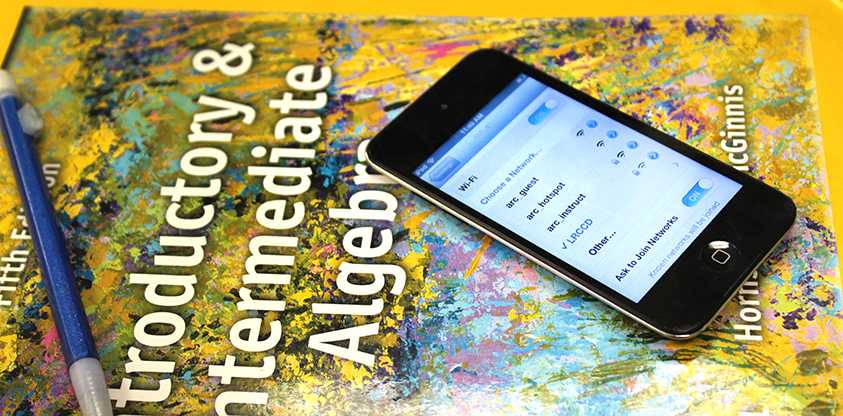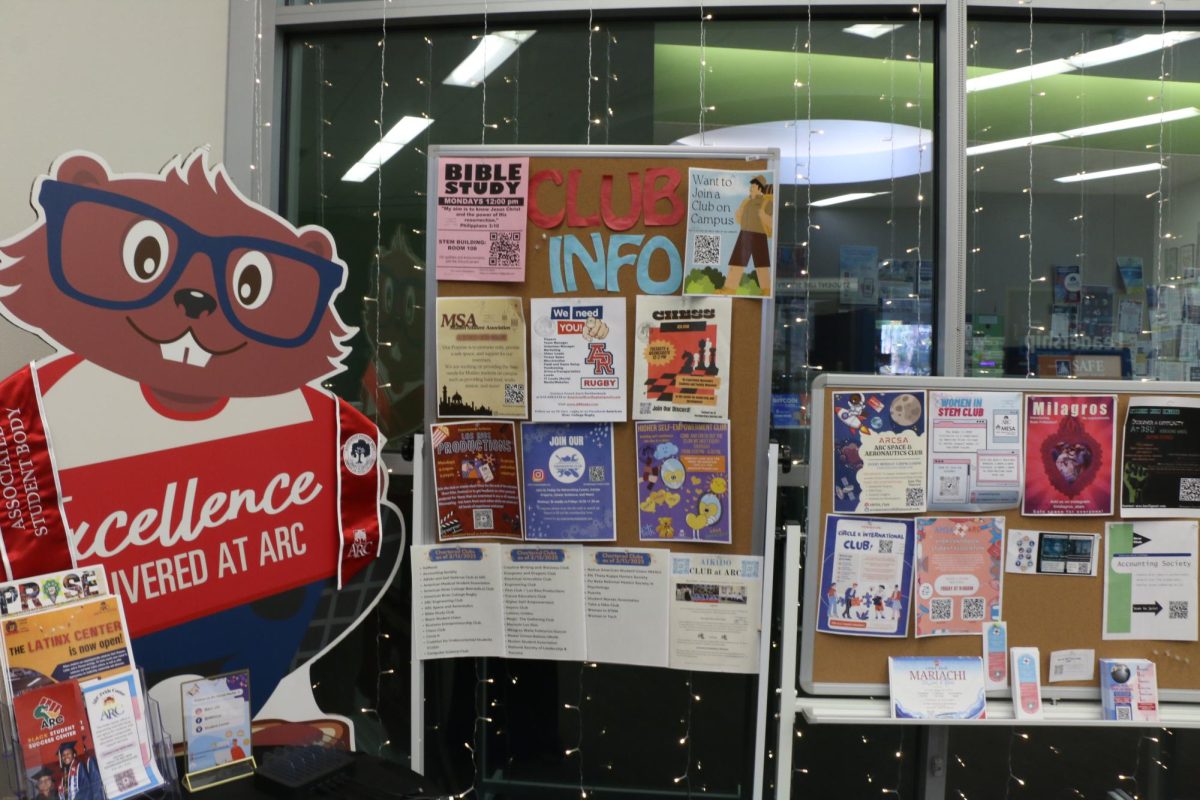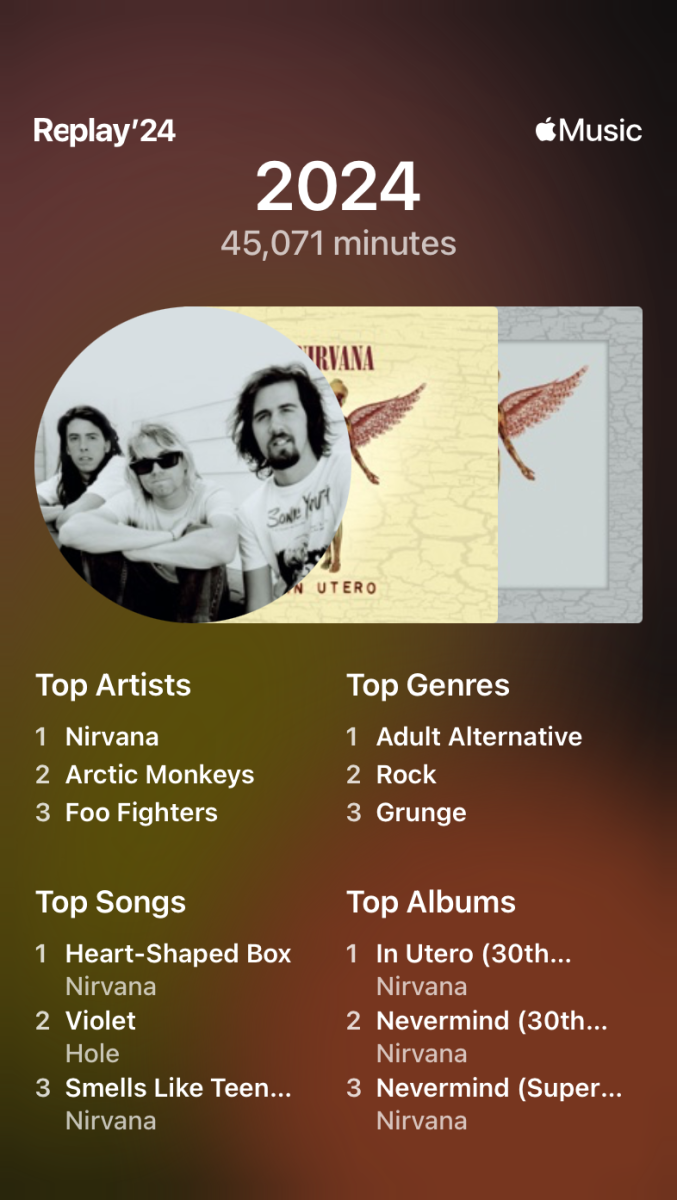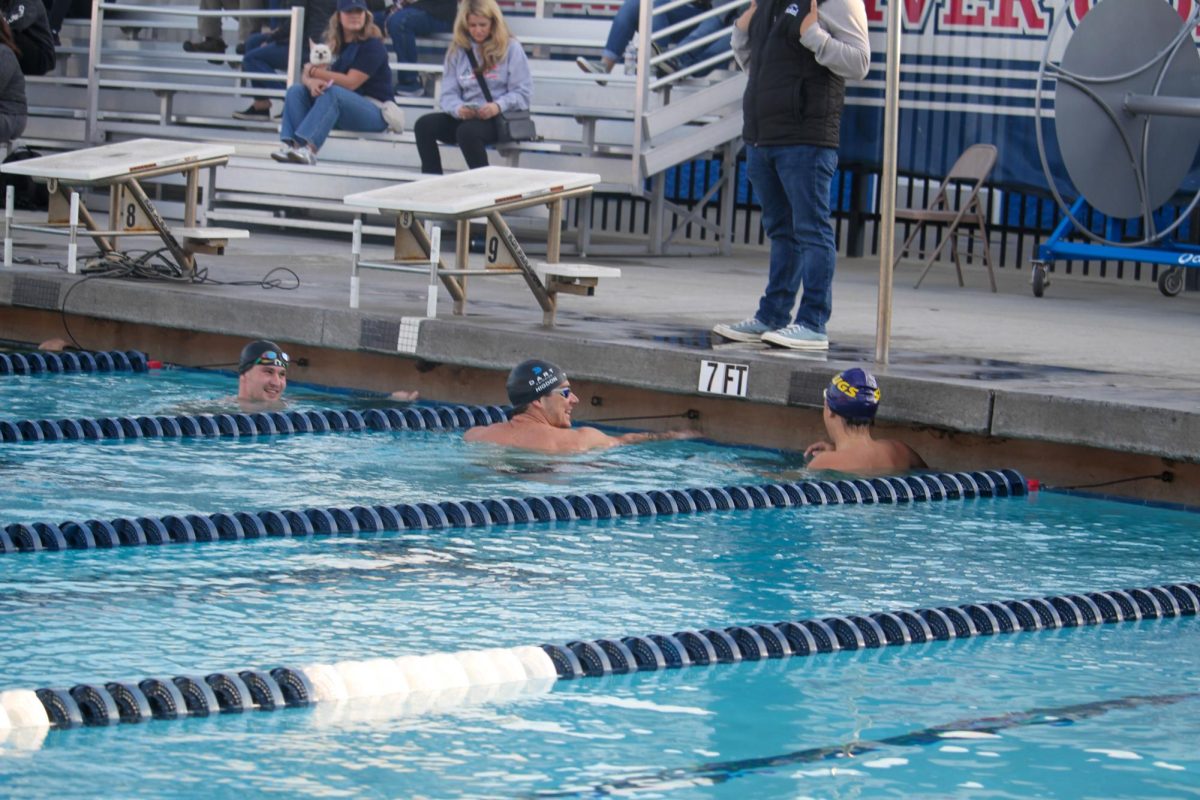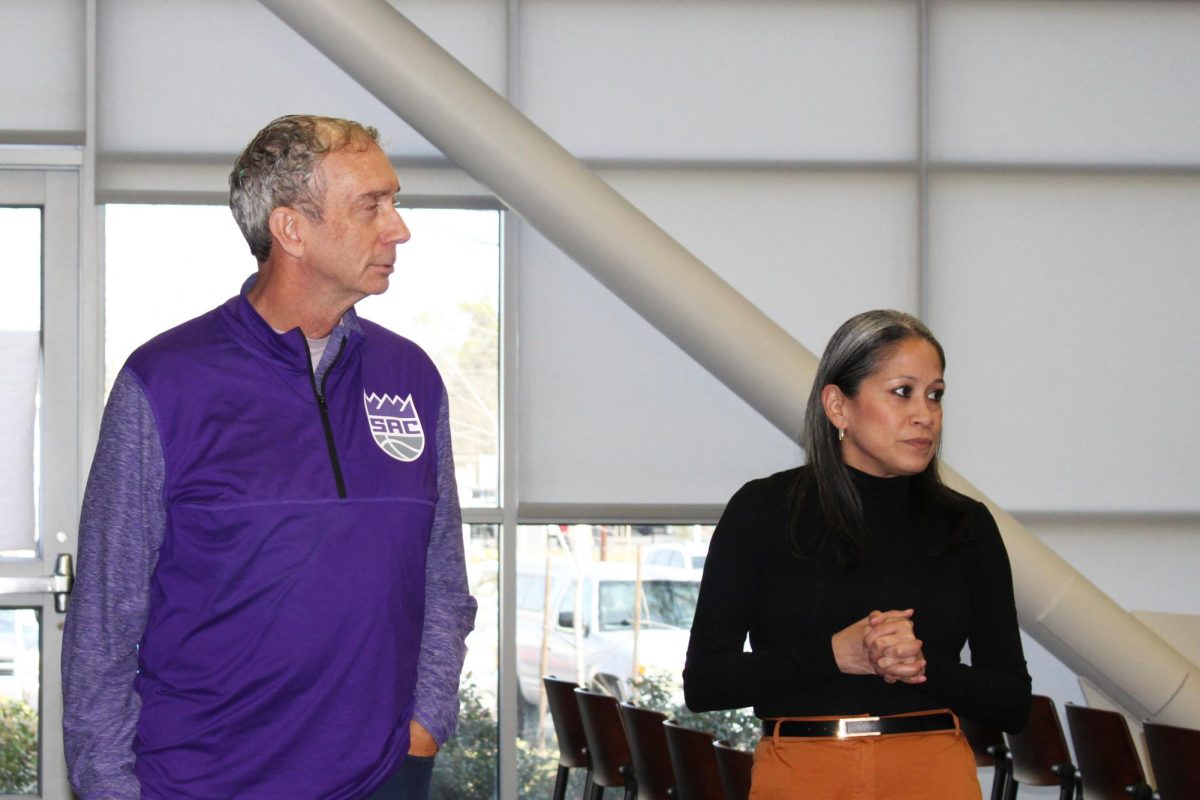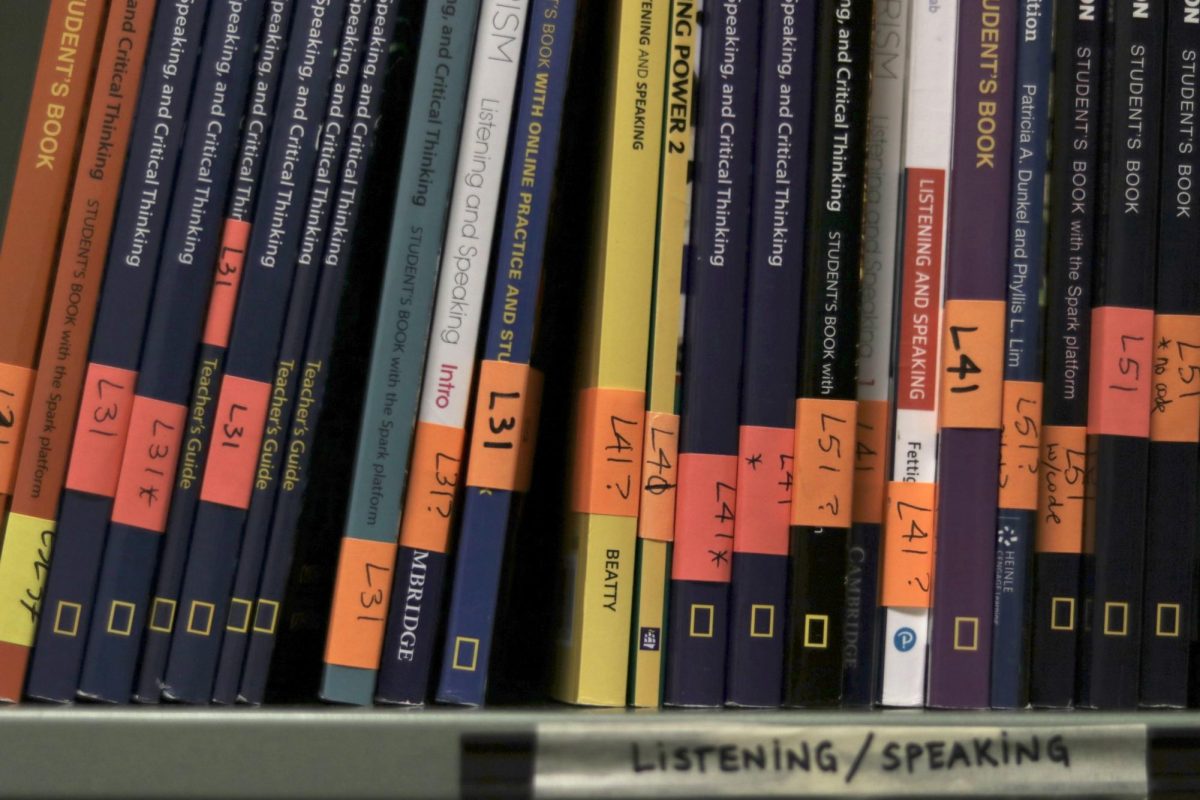At American River College, free wireless internet is provided to the student body with the simple prerequisite that they sign sign into it with their student I.D.s and set up a security profile, which is accessible in their Wi-Fi options.
Recently, a number of students and staff discovered that they had to set their devices’ Wi-Fi profiles for the campus up again—renewing security isn’t anything new. There’s an expiration date to the certificates, after all, and it’s for the sake of protecting your devices.
But since the last time certificates had to be renewed and even before that, we’ve been voicing the same complaints.
Why can’t students connect in important places, like Davies Hall and the portables? Why is the Wi-Fi so inconsistent, even though a stable connection is available to staff? With how many times that these questions have been asked, the only real answer available to us is that there’s no good reason at all.
Now that it’s 2017, with just a peek into any ongoing class, it’s likely that you’ll catch multiple students taking notes or looking up lecture material on their laptops. The ability to access notes on Google Drive, class emails or even to search for material brought up during a lecture has every potential to improve a student’s learning experience.
Yet, years after we first started bringing connection problems up, they’re still as regular as ever with no apparent improvement.
What would it take to solve these problems? A new router here and there may be all that’s needed. Or, why not handle the student network’s layout the same as the staff? Their connection in places like Davies Hall seems perfectly fine, so why can’t the same be done for students?
Besides these glaring issues, there’s still the fact that setting up a Wi-Fi connection at all is a roadblock for many students.
Logging in isn’t enough, after all, even if they figure out that it’s their Los Rios ID and password. They have to manually setup the connection and security certificate—it’s for their own protection, since it keeps people from seeing their devices like they would on McDonald’s network. However, there’s no way to figure any of this out without digging through ARC’s A-Z site index for Wi-Fi or asking support in person.
Shouldn’t such an important resource at least be on one of the website’s drop-down menus? Is there really not enough space for it under student resources or other services?
After so many complaints, it’s hard to believe that ARC neither communicates about its Wi-Fi’s issues or makes any attempt to make its network more accessible to students. That, in fact, may be what’s more frustrating than anything else—that complaints fall on deaf ears.


